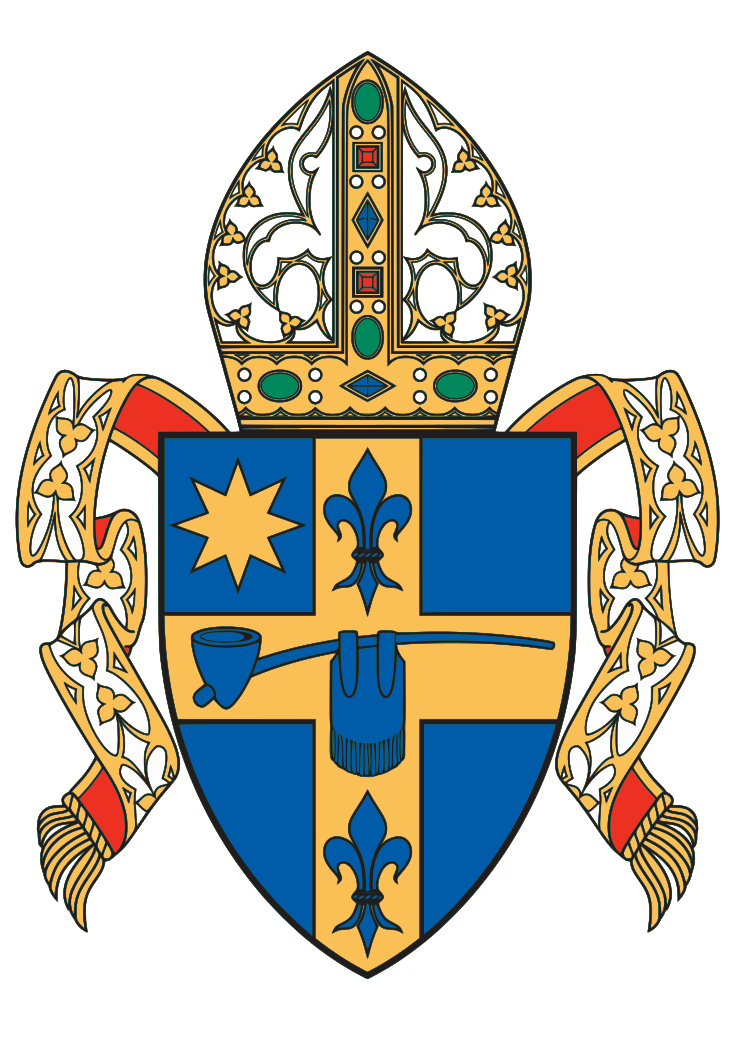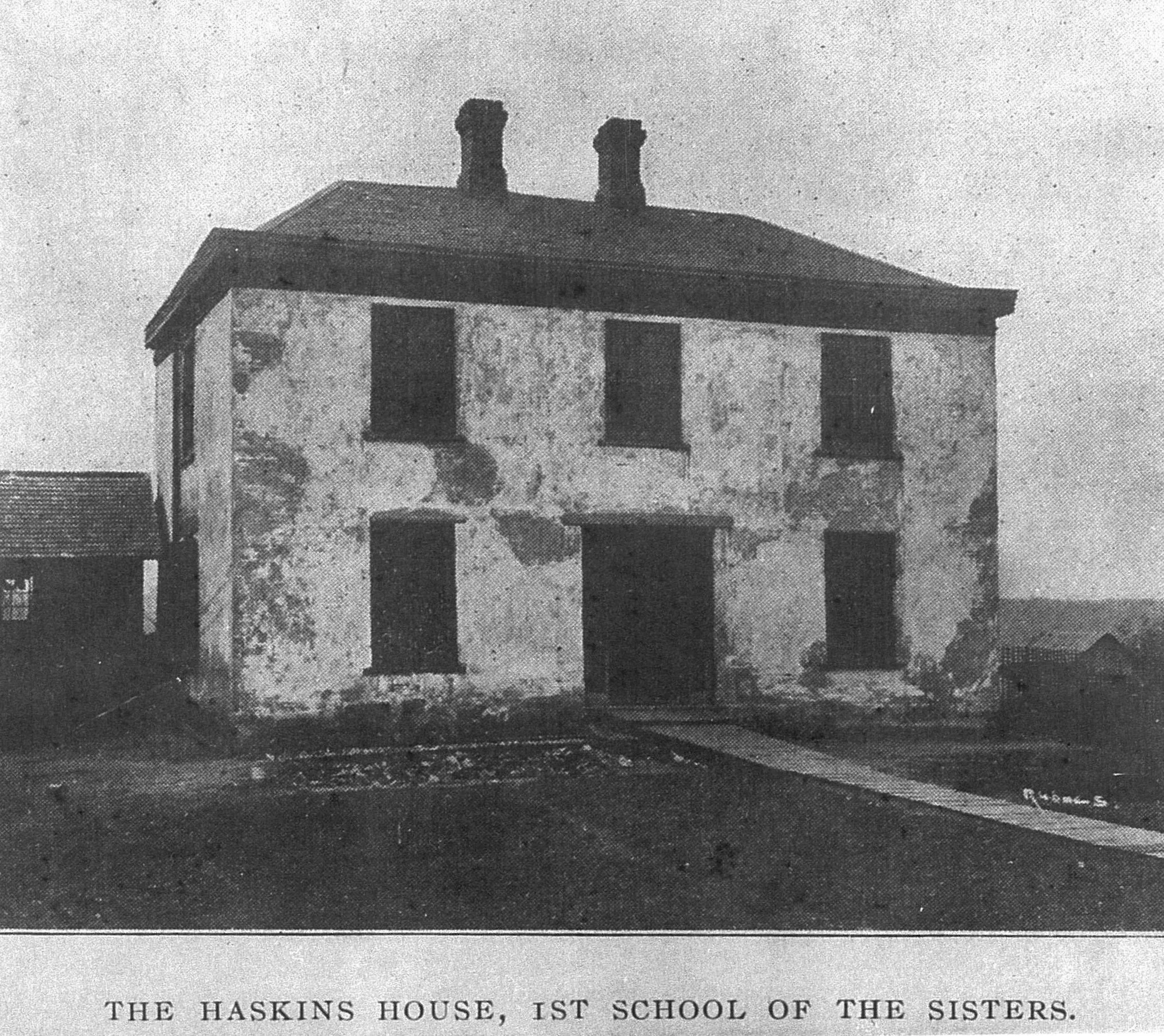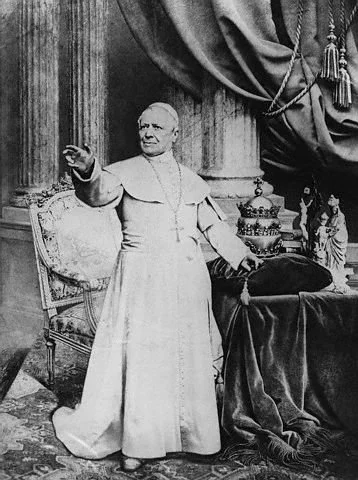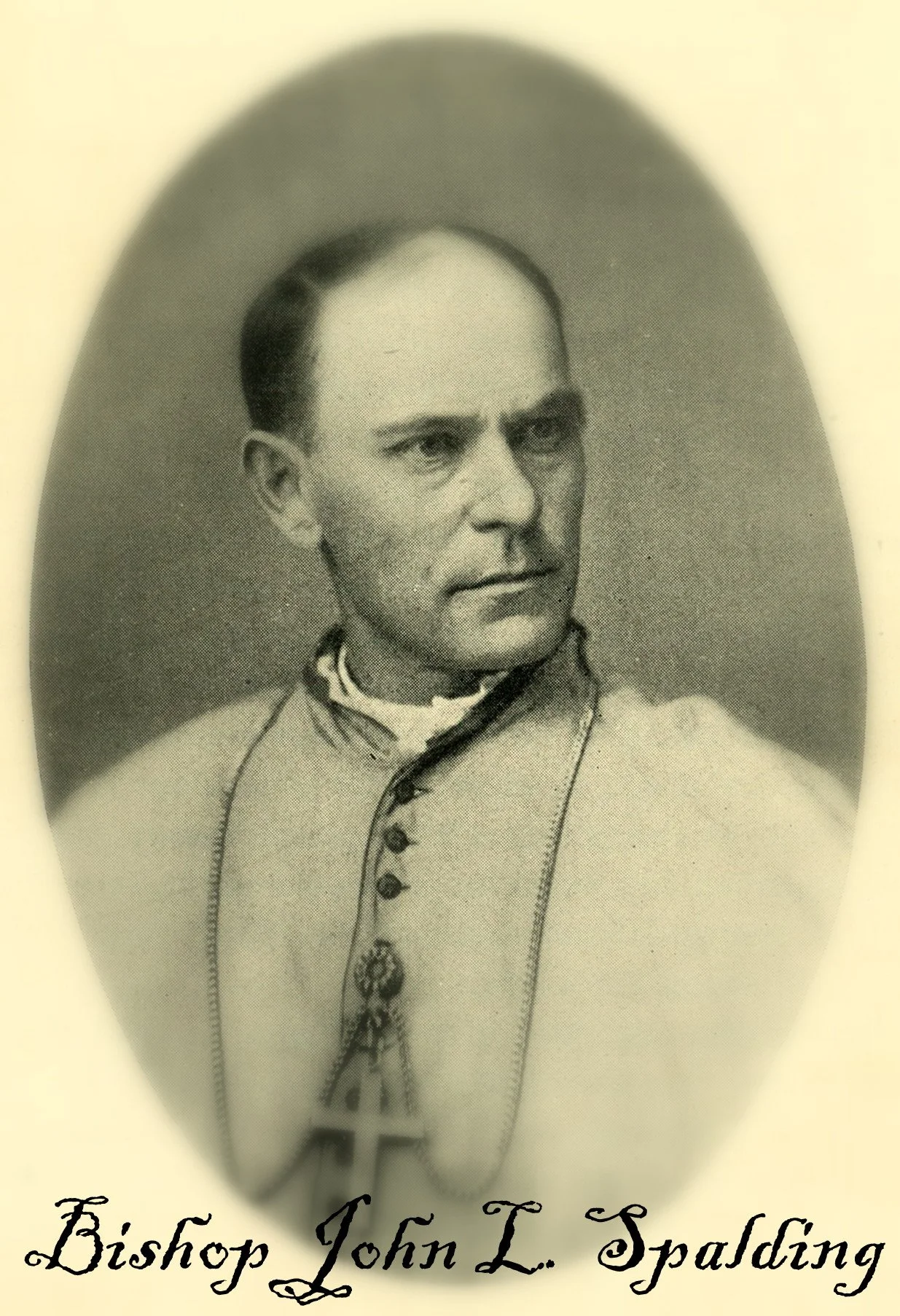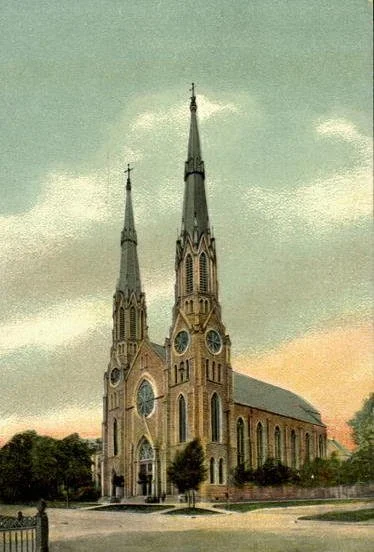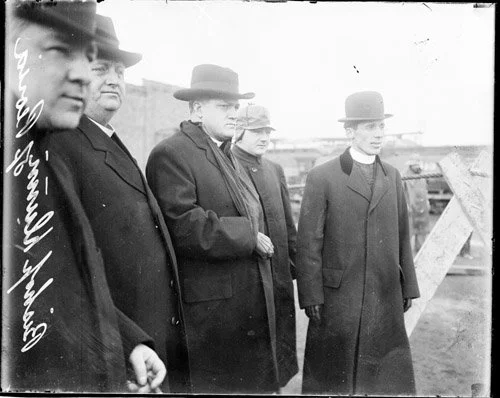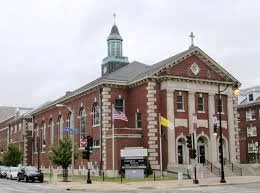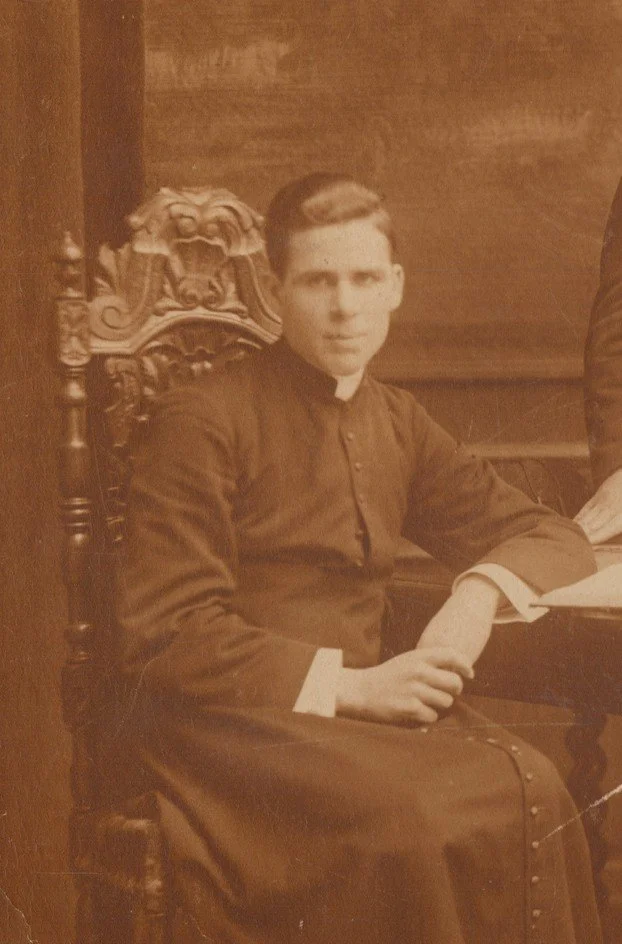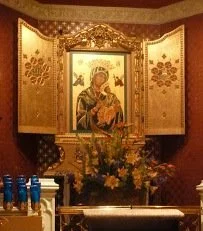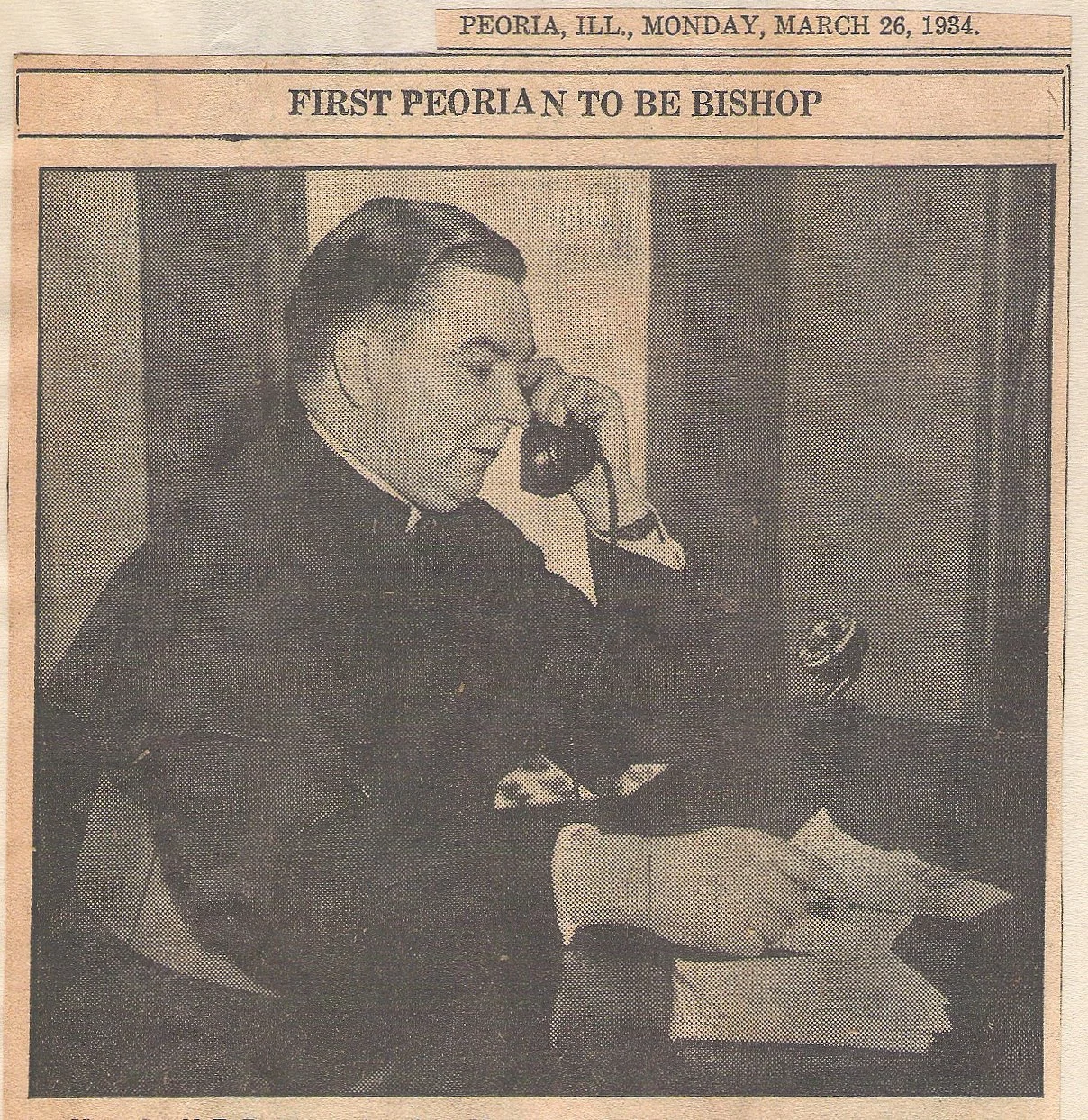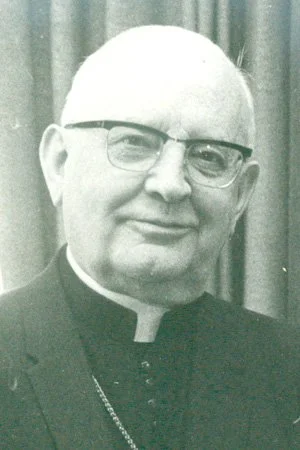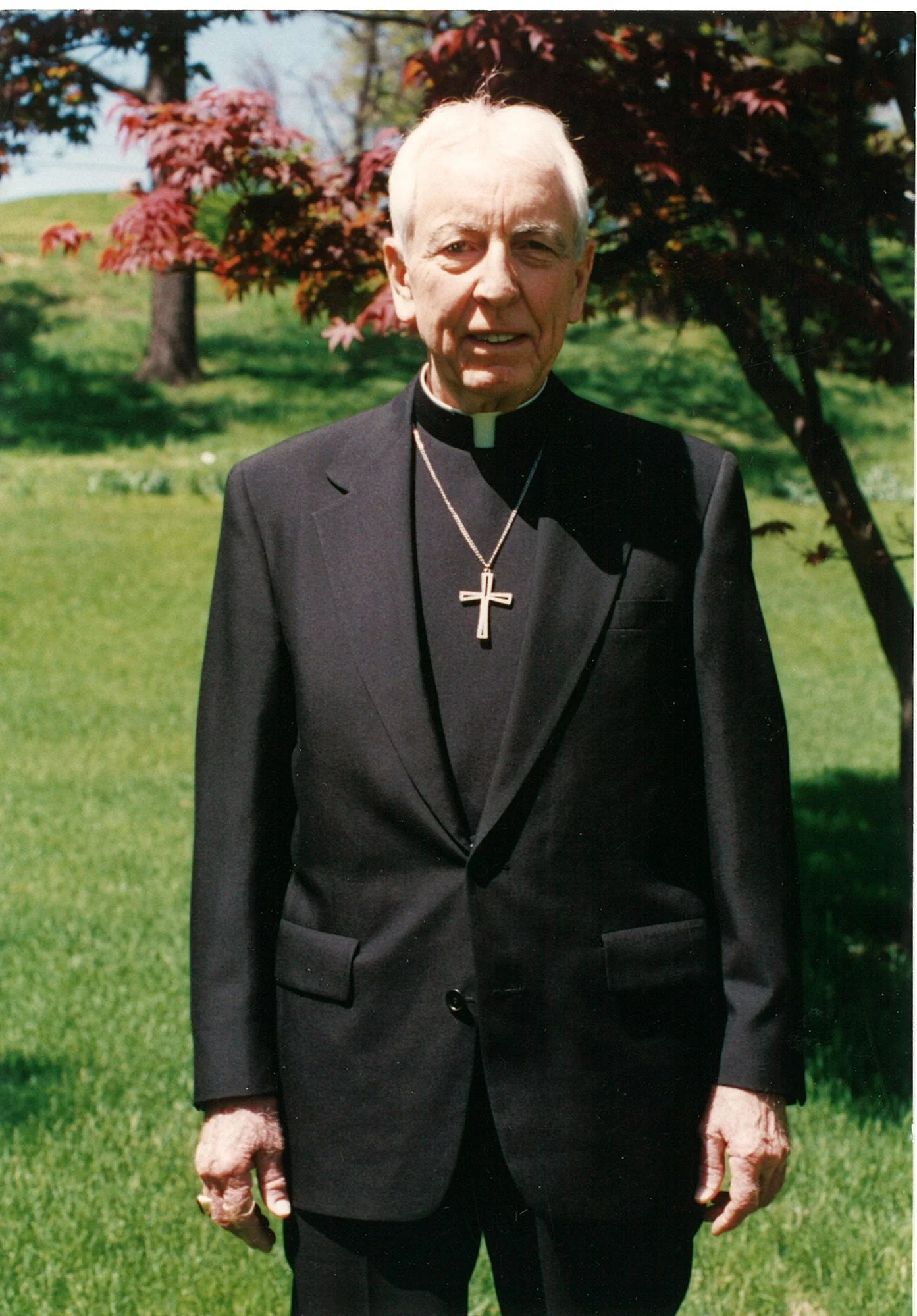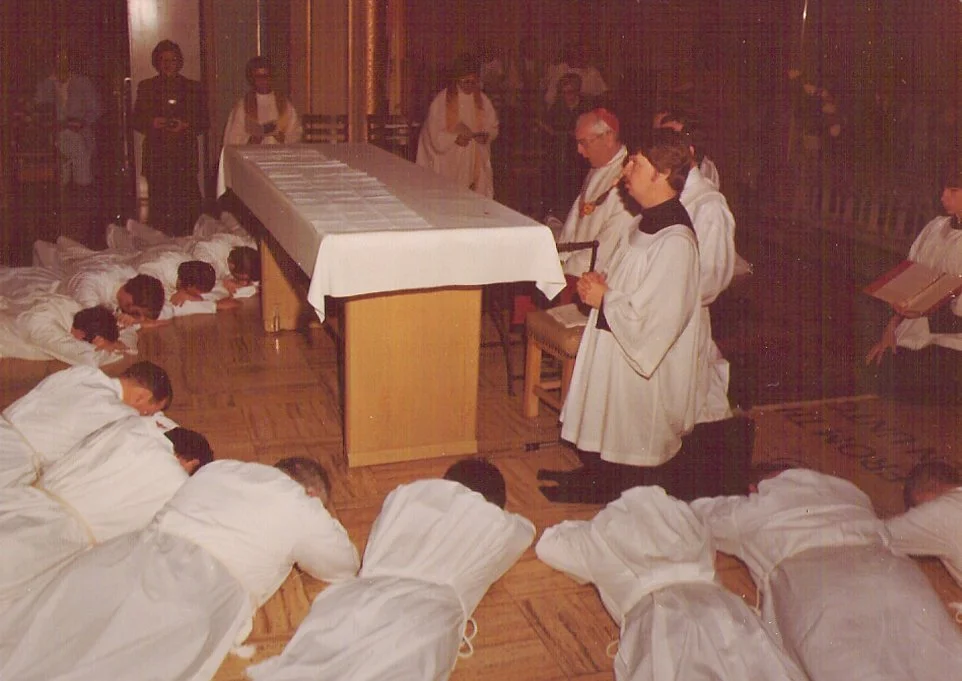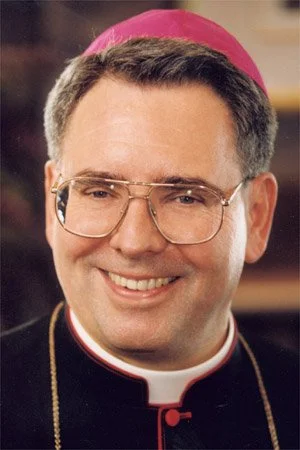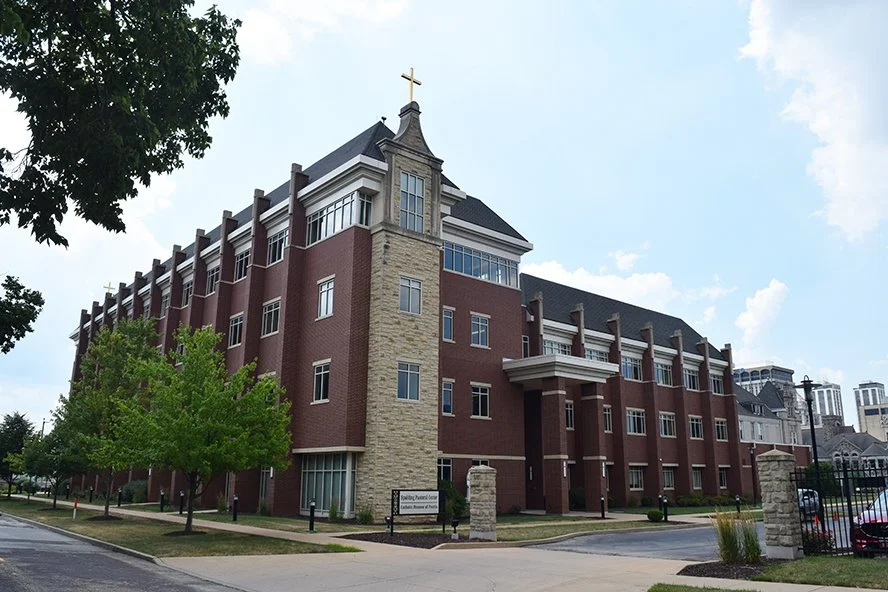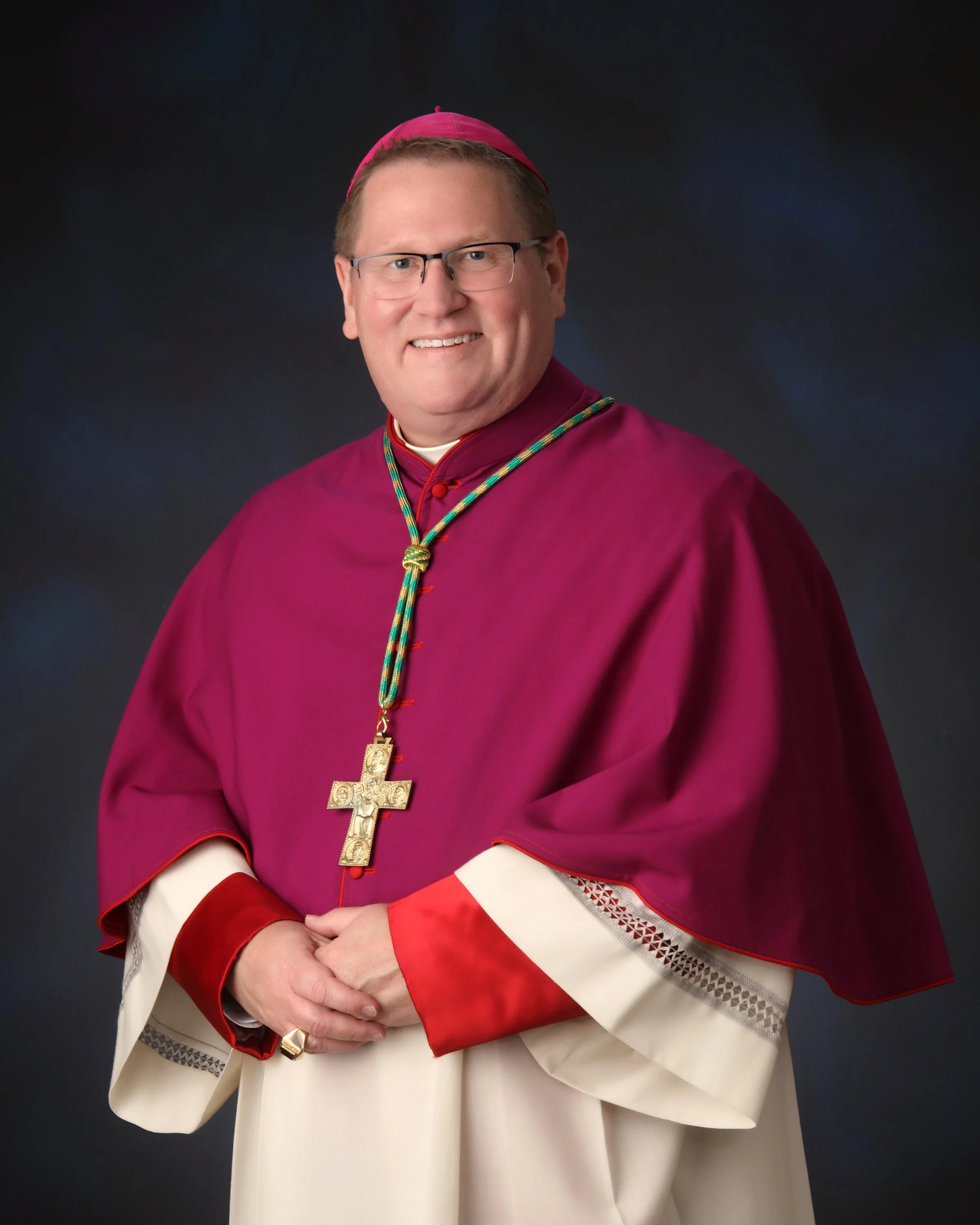Diocesan History
-
![]()
May 1833
Fr. John Mary Ireneaus St. Cyr, a young priest serving Western Illinois, recommends establishing a church with a resident priest in Peoria: “Peoria is already and will be more so, one of the most important points on the Illinois River for Catholicity, if nothing will be neglected on our part. It is therefore high time to take the matter into consideration; it is now time to plant.”
-
![]()
1855
Pioneer Sisters-teachers of the Daughters of Charity from Emmitsburg, Maryland, come to La Salle to serve in the first Catholic school.
-
![]()
February 12, 1875
Due to the rapid growth of the Church in Central Illinois, Pope Bl. Pius IX erects a new diocese encompassing territory from the Mississippi River to the Indiana border. Peoria is chosen as the see city. The diocese is one of forty others he established in the United States.
-
![]()
May 1, 1877
After Fr. Michael J. Hurley of St. Patrick Church, Peoria, refused the honor of becoming the first Shepherd of the new diocese, 38-years-old Fr. John Lancaster Spalding of Kentucky is consecrated the First Bishop of Peoria, with Fr. Hurley being his Vicar General.
-
![]()
May 15, 1889
Exactly four years after the first stone was laid, the new Cathedral of St. Mary of the Immaculate Conception is solemnly dedicated. However, young Fr. Benedict Spalding, the master-builder and Bishop’s brother, would never see the edifice completed due to his early death.
-
![]()
1900
At his own expense, Bishop Spalding builds and equips the famous Spalding Institute, a model boys’ high school named for his brother, and makes it his personal gift to the diocese.
-
![]()
1909
Edmund M. Dunne, the newly-appointed Bishop of Peoria, drops everything to bring aid and comfort to the suffering at the Cherry Mine disaster night and day, though he carries a broken arm in a sling. A group of priests never leaves the scene, consoling the survivors. Sisters of various languages minister to the poor widows in any way possible.
-
![]()
1915
With the generosity of the Knights of Columbus, the Catholic student foundation at University of Illinois in Champaign is established. It becomes the largest Newman Center built in the US and the only one to have a residence hall – a distinction that remains true even today.
-
![]()
September 20, 1919
Fulton J. Sheen of El Paso, IL, is ordained a priest of the Diocese of Peoria. His holy and remarkable life would leave an unforgettable mark on people of all walks of life.
-
![]()
December 7, 1930
On the Eve of the Immaculate Conception, the Third Bishop of Peoria Joseph H. Schlarman publicly dedicates the Diocese under the patronage of Our Lady of Perpetual Help, and begins the great ten-year renovation of the Peoria cathedral.
-
![]()
April 1, 1934
The diocesan Catholic paper “The Peoria Register” (today’s “The Catholic Post”) is established, starting with almost 29,000 copies going out each week. The first issue heralds a Peoria-native, Rev. Gerald Bergan, becoming the Bishop of Des Moines, IA.
-
![]()
July 2, 1952
Auxiliary Bishop of Chicago William E. Cousins becomes the Fourth Bishop of Peoria.
-
![]()
November 4, 1959
Bishop of Dodge City, Kansas, John Baptist Franz is named the Fifth Bishop of Peoria. As a participant at Vatican II Council, he implements new Church regulations in the diocese without delay.
-
![]()
July 15, 1971
The Director of the National Catholic Rural Life Conference and Peoria Diocese native, Rev. Edward W. O’Rourke becomes the Sixth Bishop of Peoria. Preaching by his own simple life earns him a title “Friend of the Poor”.
-
![]()
December 12, 1976
Bishop O’Rourke ordains the first diocesan class of eighteen permanent deacons at St. Mary Cathedral.
-
![]()
1987
Vocation Director and Chancellor Fr. John J. Myers is consecrated the Peoria Coadjutor Bishop. He launches the well-known Emmaus Days vocation retreats for young men.
-
![]()
January 23, 1990
Upon Bishop O’Rourke’s retirement, Bishop Myers became the Seventh Bishop of Peoria. His first pastoral letter about the rights of the unborn draws national media attention, since "there is, and can be, no such thing as an authentic 'pro-choice' Catholic." During his time, the Diocese becomes renowned for its many priestly vocations.
-
![]()
April 10, 2002
Auxiliary Bishop of Fort Wayne-South Bend, Indiana, and Holy Cross Father Daniel R. Jenky, C.S.C., becomes the Eight Bishop of Peoria. Shortly afterwards, he officially petitions the Vatican to open the Cause for canonization of Archbishop Fulton Sheen, priest of the Diocese of Peoria.
-
![]()
2008
Newly-built Spalding Pastoral Center in Peoria named in honor of our first Bishop houses under one roof Bishop’s chancery, diocesan offices, large conference center and diocesan museum.
-
![]()
2016
After nearly two years of outside repairs, a historic restoration of the cathedral is completed by the Daprato-Rigali Studios of Chicago. The church once again features deep colors with a new golden dome, starry sky, various murals, renovated altars and much rediscovered beauty of the Mother-church of the diocese and Peoria landmark.
-
![]()
June 27, 2019
The remains of Venerable Fulton J. Sheen are moved from New York to St. Mary Cathedral in Peoria.
-
![]()
July 23, 2020
Father Louis Tylka, a priest of the Archdiocese of Chicago is ordained the Coadjutor Bishop of the Diocese of Peoria.
-
![]()
March 3, 2022
Coadjutor Bishop Louis Tylka succeeds Bishop Jenky as the 9th bishop of Peoria. Soon, he launches a pastoral planning program Growing Disciples focused on building a sustainable, mission-driven, vibrant church for the future.

